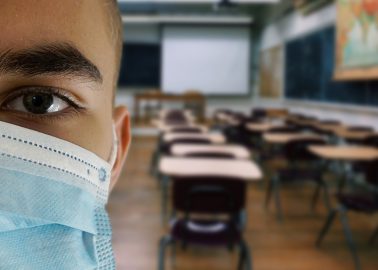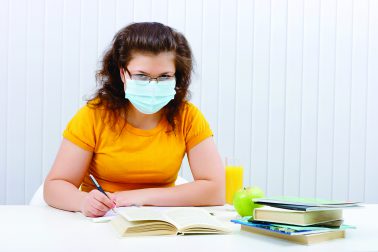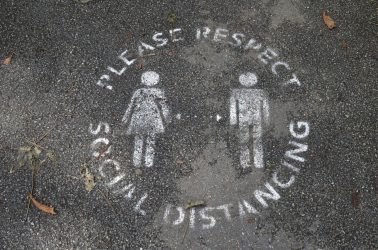COVID-19: Returning to school safely
 As UK schools start preparing to reopen their doors to all pupils in September, many educational leaders find themselves tasked with protecting students and teachers from exposure to COVID-19.
As UK schools start preparing to reopen their doors to all pupils in September, many educational leaders find themselves tasked with protecting students and teachers from exposure to COVID-19.
Preventative methods that reduce the spread of COVID-19.
Schools need to consider implementing several strategies to encourage behaviours that reduce the spread of COVID-19. Hand hygiene, respiratory hygiene and enhanced cleaning and disinfection protocols are all important principles recommended by the government. There are a number of ways schools can take to help minimise the risk of transmission of coronavirus, essential preventative methods include:
- a requirement that people who are ill stay at home
- robust hand hygiene policies
- good respiratory hygiene, promoting the ‘Catch it, Kill it, Bin it’ approach
- enhanced cleaning arrangements
- minimal contact between individuals and social distancing where possible
- where necessary, wear appropriate personal protective equipment (PPE).
Numbers 1 to 4 must be in place in all schools, all the time. Number 5 must be properly considered and schools must put in place measures that suit their particular circumstances. Number 6 applies in specific circumstances.
Staying home when ill
- Educate staff and families about when they/their child(ren) should stay home and when they can return to school.
- Actively encourage employees and students who are sick or who have recently had close contact with a person with COVID-19 to stay home. Develop policies that encourage sick employees and students to stay at home and ensure employees, students, and students’ families are aware of these policies.
Hand hygiene
- Encourage students and staff to wash their hands thoroughly and regularly with soap and water for at least 20 second.
- Increase monitoring to ensure adherence among students and staff.
- If soap and water are not readily available, hand sanitiser that contains at least 60% alcohol can be used (for staff and older children who can safely use hand sanitiser).
Respiratory hygiene
- Encourage good respiratory hygiene by promoting the ‘Catch it, Kill it, Bin it’ approach and ensuring hands are immediately washed with soap and water for at least 20 seconds.
Enhanced cleaning arrangements
- Develop a schedule for enhanced cleaning and disinfection.
- Clean and disinfect frequently touched surfaces such as playground equipment and door handles between uses.
- Frequent cleaning of rooms and shared spaces that are used by different groups.
- Toilets will need to be cleaned regularly and pupils encouraged to clean their hands thoroughly after using the toilet.
- Ensure safe and correct use and storage of cleaning and disinfection products to comply with COSHH regulations.
- Classroom resources should be cleaned regularly and shared resources such as sports equipment should be cleaned frequently and meticulously and always between bubbles.
- Minimise touchpoints around the school where possible, such as holding doors open where possible and introducing touch-free products such as bins and soap dispensers.
 Minimising contact and maintaining distancing where possible
Minimising contact and maintaining distancing where possible
- Schools must do everything possible to minimise contacts and mixing while delivering a broad and balanced curriculum.
- For younger children the emphasis will be on separating groups and for older children it will be on distancing.
- Ideally, adults should maintain a 2 metre distance from each other and from children, although this is not always possible.
- Schools can implement measures to avoid busy corridors, entrances and exits by introducing one way systems and encouraging distancing where possible.
- Small adaptations should be made to classrooms to support distancing where possible.
Appropriate PPE
PPE is only required in a small number of cases, including:
- where an individual becomes ill with coronavirus (COVID-19) symptoms while at school, and only then if a distance of 2 metres cannot be maintained
- where an individual already has routine care needs that involves the use of PPE, in which case the same PPE should continue to be used.
Preparation is key and with a robust plan in place and the correct equipment readily available, we can keep staff and pupils as safe as possible so that schools are able to reopen safely.
Download our FREE Back to School Checklist as a handy reminder of what you need.
